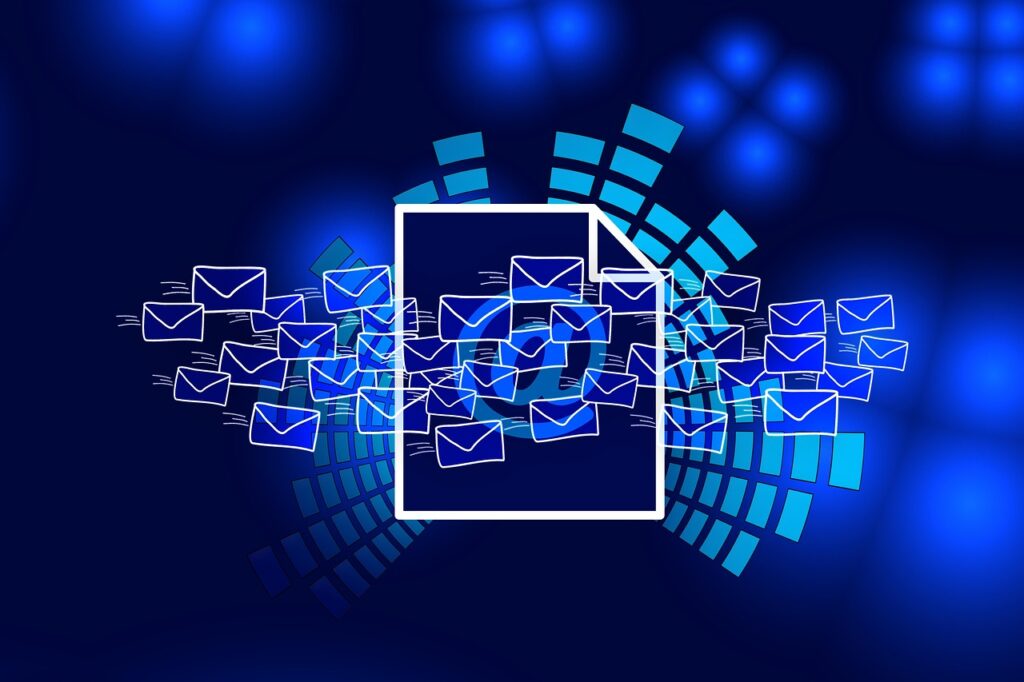Email List

In the world of digital marketing, email remains one of the most effective and cost-efficient channels for reaching your audience. However, the success of your email campaigns hinges on one critical factor: the quality of your email list. A verified email list is not just a collection of email addresses; it’s a curated database of engaged, interested, and valid contacts who are likely to interact with your content. In this blog post, we’ll explore the importance of having a verified email list for your campaigns, the benefits it brings, and how to build and maintain one effectively.
Why Email List Verification Matters
Email list verification is the process of ensuring that the email addresses on your list are valid, active, and belong to real users. This process removes invalid, fake, or inactive email addresses, ensuring that your campaigns reach real people who are likely to engage with your content. Here’s why having a verified email list is crucial for your campaigns:
1. Improved Deliverability
- What It Means: Deliverability refers to the ability of your emails to land in your recipients’ inboxes rather than being flagged as spam or bouncing back.
- Why It Matters: Internet Service Providers (ISPs) and email clients (like Gmail, Outlook, etc.) use sophisticated algorithms to filter out spam. If your email list contains invalid or inactive addresses, your emails are more likely to bounce or be marked as spam. This hurts your sender reputation and reduces your overall deliverability.
- How Verification Helps: A verified email list ensures that your emails are sent only to valid addresses, reducing bounce rates and improving your sender reputation. This, in turn, increases the likelihood of your emails reaching the inbox.
2. Higher Engagement Rates
- What It Means: Engagement rates measure how your audience interacts with your emails, including open rates, click-through rates (CTR), and conversions.
- Why It Matters: Sending emails to invalid or disinterested recipients wastes resources and skews your campaign metrics. Low engagement rates can also signal to ISPs that your emails are unwanted, further harming your deliverability.
- How Verification Helps: A verified email list ensures that your emails are sent to real people who are more likely to open, read, and engage with your content. This leads to higher open rates, CTRs, and ultimately, better campaign performance.
3. Cost Efficiency
- What It Means: Email marketing platforms often charge based on the number of subscribers or emails sent. Sending emails to invalid addresses wastes money and resources.
- Why It Matters: If a significant portion of your email list consists of invalid or inactive addresses, you’re essentially paying to send emails that will never be seen or acted upon.
- How Verification Helps: By removing invalid addresses, you can focus your budget on reaching real, engaged subscribers, maximizing your return on investment (ROI).
4. Protection of Sender Reputation
- What It Means: Your sender reputation is a score assigned by ISPs based on your email-sending behavior. A poor reputation can lead to your emails being flagged as spam or blocked entirely.
- Why It Matters: High bounce rates, low engagement, and spam complaints all contribute to a poor sender reputation. Once your reputation is damaged, it can be difficult to recover.
- How Verification Helps: A verified email list minimizes bounce rates and spam complaints, helping you maintain a strong sender reputation and ensuring that your emails continue to reach the inbox.
5. Accurate Analytics and Insights
- What It Means: Analytics provide valuable insights into the performance of your campaigns, helping you make data-driven decisions.
- Why It Matters: If your email list contains invalid or inactive addresses, your analytics will be skewed. For example, a high bounce rate might make it seem like your campaign is underperforming, even if the issue lies with the quality of your list.
- How Verification Helps: A verified email list ensures that your analytics accurately reflect the performance of your campaigns, enabling you to make informed decisions and optimize your strategy.
6. Compliance with Regulations
- What It Means: Email marketing is subject to regulations like the General Data Protection Regulation (GDPR) in Europe and the CAN-SPAM Act in the United States. These laws require you to obtain consent from recipients and provide an easy way to unsubscribe.
- Why It Matters: Non-compliance can result in hefty fines and damage to your brand’s reputation.
- How Verification Helps: A verified email list ensures that you’re sending emails only to recipients who have explicitly opted in, reducing the risk of non-compliance and protecting your brand.
7. Enhanced Personalization and Targeting
- What It Means: Personalization involves tailoring your emails to the specific needs and preferences of your audience.
- Why It Matters: Personalized emails have been shown to generate higher engagement and conversion rates. However, personalization is only effective if your email list is accurate and up-to-date.
- How Verification Helps: A verified email list ensures that your segmentation and personalization efforts are based on accurate data, enabling you to deliver relevant and targeted content to your audience.
8. Reduced Risk of Blacklisting
- What It Means: Blacklisting occurs when ISPs or email clients block your domain or IP address from sending emails.
- Why It Matters: Being blacklisted can have severe consequences, including the inability to send emails to your subscribers and damage to your brand’s reputation.
- How Verification Helps: By maintaining a clean, verified email list, you reduce the risk of being blacklisted due to high bounce rates or spam complaints.
How to Build and Maintain a Verified Email List
Now that you understand the importance of having a verified email list, let’s explore how to build and maintain one effectively.
1. Use Double Opt-In
- What It Is: Double opt-in requires subscribers to confirm their email address by clicking a link in a confirmation email.
- Why It’s Important: This ensures that only valid email addresses are added to your list and that subscribers are genuinely interested in your content.
2. Regularly Clean Your List
- What It Is: Periodically remove invalid, inactive, or unengaged email addresses from your list.
- Why It’s Important: Regular cleaning helps maintain the quality of your list and improves campaign performance.
3. Use Email Verification Tools
- What It Is: Tools like ZeroBounce, Hunter, or NeverBounce can automatically verify your email list by checking for invalid, fake, or risky addresses.
- Why It’s Important: These tools save time and ensure that your list is accurate and up-to-date.
4. Monitor Engagement Metrics
- What It Is: Track metrics like open rates, CTRs, and bounce rates to identify inactive or disengaged subscribers.
- Why It’s Important: Monitoring engagement helps you identify and remove subscribers who are no longer interested in your content.
5. Segment Your List
- What It Is: Divide your email list into smaller segments based on factors like demographics, behavior, or preferences.
- Why It’s Important: Segmentation allows you to send targeted, relevant content to each group, improving engagement and conversion rates.
6. Provide Value
- What It Is: Offer valuable content, promotions, or incentives to encourage subscribers to stay engaged.
- Why It’s Important: Providing value keeps your subscribers interested and reduces the likelihood of them unsubscribing or marking your emails as spam.
7. Respect Subscriber Preferences
- What It Is: Allow subscribers to choose the type and frequency of emails they receive.
- Why It’s Important: Respecting preferences builds trust and reduces the risk of unsubscribes or spam complaints.
Conclusion
A verified email list is the foundation of successful email marketing campaigns. It ensures that your emails reach real, engaged recipients, improves deliverability, and maximizes your ROI. By investing time and resources into building and maintaining a verified email list, you can create more effective campaigns, build stronger relationships with your audience, and achieve your marketing goals.
Remember, the quality of your email list is just as important as the quality of your content. By following best practices like double opt-in, regular cleaning, and using verification tools, you can ensure that your email list remains a valuable asset for your business. Start prioritizing email list verification today, and watch your campaigns thrive!
